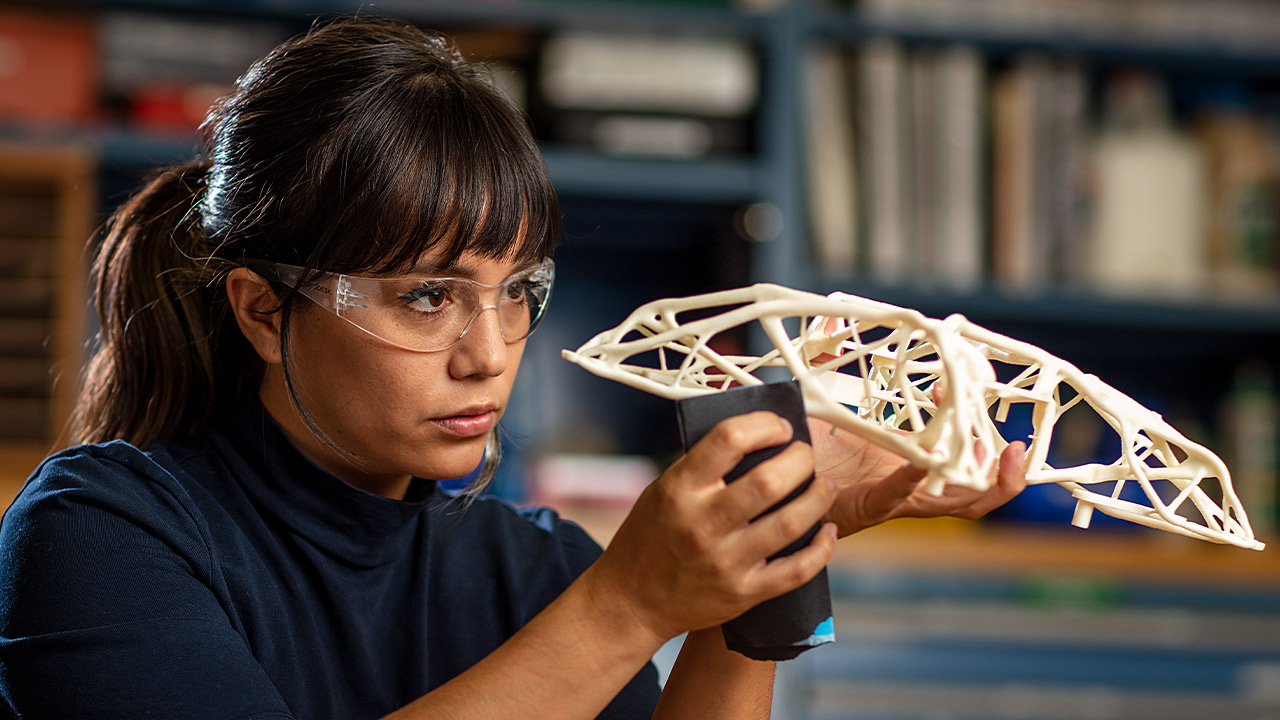Today, technology has given architectural professionals the power to optimize their design process, exploring endless possibilities and directions before beginning the manufacturing process. With generative design, AI algorithms and cloud computing technology enable designers to see a variety of options, anticipate obstacles or challenges in their design, and make corrections as needed. With the many benefits it offers for architectural technology, generative design has become a crucial tool in the structural design process.
At Digital School, you’ll build competency in the BIM concept, learn how to use Revit and Navisworks software, create and interpret building plans, and more. Below, discover more about the concept of generative design and how it can be applied within the architectural design field.
A Look at Generative Design in Architecture
Generative design platforms have been shaping the architectural design process in recent years. As a professional with architectural design training, you’ll be working with generative design tools–such as those provided by Autodesk–to facilitate the design process.
Creating designs for construction is more complicated today, with a wider range of parameters to consider within the industry. Generative design software takes into account all of these considerations, including the regulations that designers work with, their design goals, the commercial requirements of a space, liveability factors, and structural qualities. The tool will then generate different options based on these parameters, allowing designers to get inspiration in the process.
Designers can then explore the potential solutions for a design that they’re given, reviewing them and narrowing down the ones that best suit their goals. In simpler terms, generative design offers a way for architecture design technologists to collaborate with their computers, together achieving more than what was previously feasible.

After architectural software training, you’ll use generative design to optimize your designs
The Generative Design Process
The general process of generative design involves a few key steps. First, designers will consider their design goals and the parameters that need to be taken into account. What will the building be used for? What materials are used? What manufacturing methods are available? What are the goals or objectives of this particular design?
Upon answering these questions, architectural design technology professionals can start to generate their design space, inputting the relevant requirements. As designers begin exploring their original ideas, the technology will start to generate possible avenues for the design, as metaheuristic search algorithms work to identify solutions.
Next, designers will explore the options provided by the algorithm, evaluating them to determine how they compare to their objectives. As the design process continues, professionals can make changes and continually seek new options, shaping the path toward a more innovative and resilient design.
The Benefits of Generative Design in Architecture
There are many significant benefits to using generative design in architecture. For one, generative design makes the design process much faster and more efficient, reducing the amount of work and allowing designers to meet tighter deadlines.
Thanks to the wider net of options created by generative design, as well as the potential for trial and error, the process also empowers designers to make more informed choices about their design, creating a more resilient future project. Generative design also reduces the potential for costly errors, allowing designers to optimize their designs to save materials and resources.
While generative design requires a strong digital literacy, after completing your architectural software training at Digital School, you’ll be prepared to navigate generative design tools with ease. With the skills you build, you’ll be prepared to start enhancing the efficiency and innovation of the projects you create. What’s more, as technology improves, you’re likely to witness the possibilities for generative design grow during your architectural design career.
Interested in an architectural design career?



